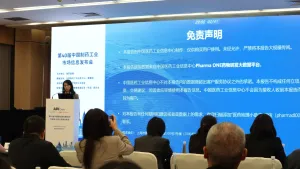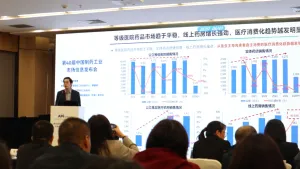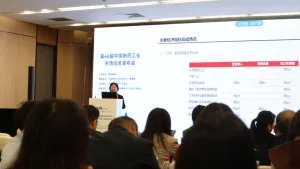
China's health insurance sector reform to mitigate inequalities in coverage
Number of doctors per 1,000 heads have been raised to 1.88.
China's 13th Five-Year Plan (2016-2020) will be a key guiding document shaping opportunities in the pharmaceutical and healthcare industry.
BMI Research said that first disclosed and adopted at the end of the Communist Party of China's National People's Congress, the five-year plan represents an expansive roadmap spanning many aspects of the economy.
The government's initiatives will primarily reinforce existing trends in the pharmaceuticals and healthcare sector. Consequently, pharmaceutical firms and
healthcare providers can expect the pace of change to accelerate over the coming years as the government seeks to achieve its objectives.
Here's more from BMI Research:
This re-emphasis of existing trends is not limited to the medical sector - for example, according to our Information and Communications Technology Team, the five-year plan's targets for the ICT sector and goal of establishing China as a 'Cyber power' by 2020 already chime with existing plans.
China has been relatively successful in achieving its broadly outlined goals in previous five-year plans. For example, China has been able to make significant
progress in making basic medical insurance universally available, as outlined in its 12th Five-Year Plan.The government has also been able to make significant progress on other difficult-to-achieve targets such as increasing the number of doctors per 1,000 to 1.88 by 2015, with our estimated figure for that year standing at 1.83.
However, while the government's commitment to improving healthcare remains strong, other areas such as intellectual protection have not seen similarly robust reform. According to the Pharmaceutical Research and Manufacturers of America (PhRMA), China continues to have restrictive patentability criteria with low levels of regulatory data protection, which will impinge upon patient access to innovative pharmaceuticals.



















 Advertise
Advertise






